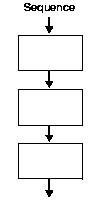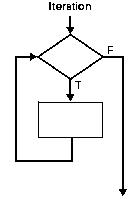VBA Blogs: Going Through the Visual Basics – Part 11
2 November 2018
We thought we’d run an elementary series going through the rudiments of Visual Basic for Applications (VBA) as a springboard for newer users. This blog takes a high-level look at control structures.
In a programming, a control structure determines the order in which statements are executed. Control structures can be grouped into three main categories:
- Sequential: Sequential execution is where each statement in the source code will be executed one by one in a sequential order. This is the default mode of execution

- Selection: The selection control structure is used for making decisions and branching statements

- Iteration: The iterative control structures are used for repetitively executing a block of code multiple times

We’ll take a look at each type in the next few blogs…

